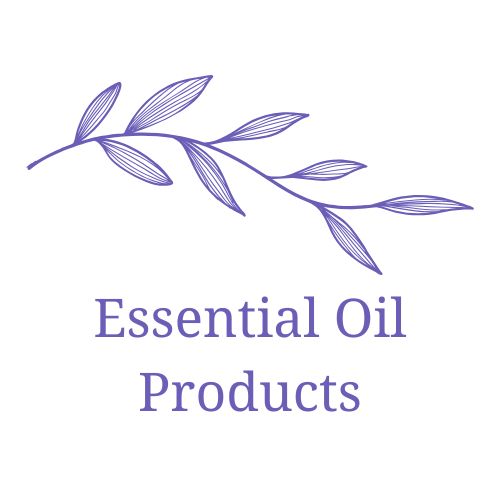Your cart is currently empty!
Spotlight on Lavender Essential Oil: Therapeutic Uses and Research Insights
Spotlight on Lavender Essential Oil: Therapeutic Uses and Research Insights
Lavender essential oil, derived from the flowers of Lavandula angustifolia, is celebrated for its comforting aroma and extensive range of therapeutic properties. With its unique chemical composition, primarily comprising linalool and linalyl acetate, this oil is not just a aromatic delight but a potent natural remedy that has been utilized for centuries. In this article, we offer a detailed overview of lavender oil’s chemical makeup, its extraction methods, particularly steam distillation, and its well-researched uses in various therapeutic applications.
Chemical Composition of Lavender Essential Oil
The therapeutic effects of lavender essential oil can largely be attributed to its chemical constituents. Linalool, a naturally occurring terpene alcohol, is known for its calming effects and ability to alleviate anxiety. Alongside linalool, linalyl acetate—a powerful ester—contributes to the oil’s sedative and anti-inflammatory properties. Research indicates that these two compounds work synergistically, enhancing lavender’s overall effectiveness in promoting relaxation and well-being.
The Extraction Process: Steam Distillation
Understanding the extraction process of lavender oil is crucial for appreciating its quality and efficacy. The most common method of extraction is steam distillation, which involves passing steam through lavender flowers to extract essential oils. This process not only captures the beneficial compounds but also preserves their aromatic qualities. The resultant oil is characterized by its light purple hue and sweet floral scent, making it a favorite in aromatherapy.
Therapeutic Uses of Lavender Essential Oil
Research has established a wide array of therapeutic applications for lavender essential oil, particularly in stress relief and improving sleep quality. Let’s dive deeper into some of its most well-supported uses:
1. Lavender Oil for Sleep
One of the most renowned uses of lavender essential oil is to promote better sleep. Studies have shown that inhaling lavender oil or using it in a bedtime routine can significantly enhance sleep quality. The calming aroma works by decreasing heart rate and blood pressure, enabling a more restful state. Many individuals find that placing lavender oil on a pillow or using a diffuser in the bedroom helps ease them into sleep more effectively.
2. Anxiety and Stress Relief
Several studies highlight lavender’s role in reducing symptoms of anxiety. Aromatherapy sessions featuring lavender oil have been shown to lower anxiety levels in various populations, including preoperative patients and those experiencing general anxiety. The scent helps to foster a sense of calm and enhances mood, making it an excellent natural remedy for stress management.
3. Skin Care and Healing Properties
Lavender essential oil possesses antiseptic and anti-inflammatory properties, making it beneficial for treating minor burns, insect bites, and skin irritations. Its use in skincare products has gained popularity as more people seek natural alternatives for promoting skin health. When diluted properly with a carrier oil, it can be applied topically to soothe and heal the skin.
Research Findings on Lavender Oil
Scientific investigation into lavender essential oil has been extensive, yielding promising results in various areas of health. In clinical settings, lavender oil has been tested for efficacy in treating anxiety disorders, sleep disorders, and even some types of pain. For instance, a study published in the journal Evidence-Based Complementary and Alternative Medicine found that lavender oil was effective in reducing the severity of pain after surgery when used in combination with other pain management strategies.
Blending Partners for Lavender
Lavender essential oil blends wonderfully with various other essential oils, enhancing its therapeutic effects. Some popular blending partners include:
- Peppermint: Provides a cooling contrast and can aid in headaches.
- Frankincense: Elevates the calming properties and has grounding effects.
- Chamomile: Both oils promote relaxation and tranquility.
- Eucalyptus: Offers respiratory benefits when combined with lavender’s soothing effects.
Safety and Precautions
While lavender essential oil is generally safe for most individuals when used appropriately, it is essential to keep a few precautions in mind. Pregnant or nursing women, individuals with hormone-sensitive conditions, and those suffering from allergies should consult a healthcare professional before using lavender oil. Additionally, it should be diluted before topical application to prevent skin irritation.
Conclusion
Lavender essential oil stands out not only for its delightful fragrance but for its proven therapeutic uses supported by research. Its unique composition, particularly the roles of linalool and linalyl acetate, combined with its effective extraction method through steam distillation, establish lavender oil as a staple in natural aromatherapy and holistic health. Whether used to enhance sleep, reduce anxiety, or benefit skin health, lavender oil is a versatile essential oil that deserves a place in anyone’s wellness routine.

Leave a Reply